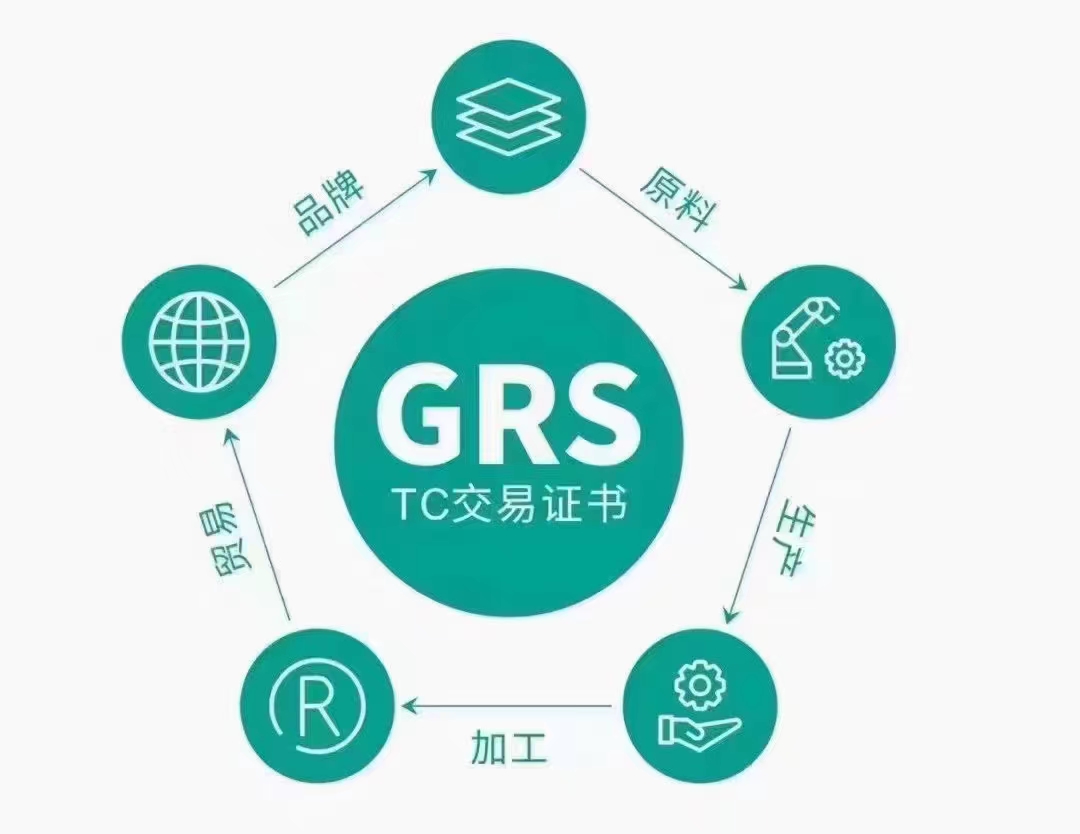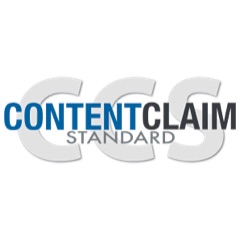GOTS认证咨询-GOTS 认证企业温室气体排放源识别与管理体系建立要求
GOTS Section 4.3.1.7
GOTS第4.3.1.7节
“Certified Entities shall define a Greenhouse Gas (GHG) Emission Management that encompasses the identification of sources of GHG emissions, as well as monitoring, quantifying, and setting measures to reduce GHG emissions.”
“被认证实体应明确温室气体(GHG)排放管理,包括识别温室气体排放源,监督、量化和制定温室气体减排措施。”
GUIDANCE
指南
• For a list of fluorinated greenhouse gases refer to Regulation (EU) No 517/2014.
• 关于含氟温室气体列表,请参考欧盟第517/2014条例。
FURTHER GUIDANCE
进一步的指南
• GOTS supports all initiatives that are aimed at arresting and reversing Climate Change, an integral part of the United Nations’ Sustainable Development Goals (SDGs). It is incumbent on GOTS Certified Entities to take steps towards meeting these goals, and as a preliminary first step, it is required that Certified Entities identify sources of GHG emissions within their own operations. These may include activities owned or controlled by the enterprise that releases emissions straight to the atmosphere (i.e. direct emissions), or the enterprise’s consumption of purchased
electricity, heat, steam and cooling (i.e. indirect energy emissions).
• GOTS支持旨在制止和逆转气候变化的所有倡议,这是联合国可持续发展目标的一个重要组成部分。GOTS认证实体有义务采取措施实现这些目标,首先,要求被认证实体识别其经营范围内释放温室气体的源头,包括将释放物直接排放至大气(即:直接排放)的企业经营或管控的活动,或企业对所采购电力、热力、蒸汽和制冷的消耗(即:间接能源排放)。
• Certified Entities are required to reduce identified GHG emissions to the extent possible over time. They may take a risk-based approach to address their GHG emissions by focusing their resources where GHG emissions are greatest (for example, fossil fuel-based activities). While GOTS currently does not set time or emission limits within its supply chain, it encourages all Certified Entities to evaluate their operations and work towards such goals. A future perspective of Certified Entities should be to extend this evaluation beyond their own operation and also consider GHG emissions released at further levels, such as product related emissions and supply chain emissions.
• 要求被认证实体随着时间推移尽可能减少识别的温室气体排放。它们可能将资源集中在温室气体排放量最大之处,采用基于风险的方法应对温室气体排放(例如:基于化石燃料的活动)。虽然GOTS目前未在其供应链范围内设定时限或排放限量,其鼓励所有被认证实体评估其经营,努力实现上述目标。未来,被认证实体应该将其评估范围扩大到其自身经营中,同时也应该考虑其它层面的温室气体释放,诸如产品相关释放和供应链释放。
• Greenhouse Gas Emission Management may be a component/subsection of the written Environmental Management Policy of the Certified Entities. Greenhouse Gas Emission Management shall contain the approach of the Certified Entity to set activities towards identification, monitoring, and reduction of GHG emissions.
• 可将温室气体排放管理作为被认证实体书面环境规定的一部分/一个分节。温室气体排放管理应涵盖被认证实体制定温室气体排放识别、监测和减排活动方式。




























 18576401396
18576401396 




